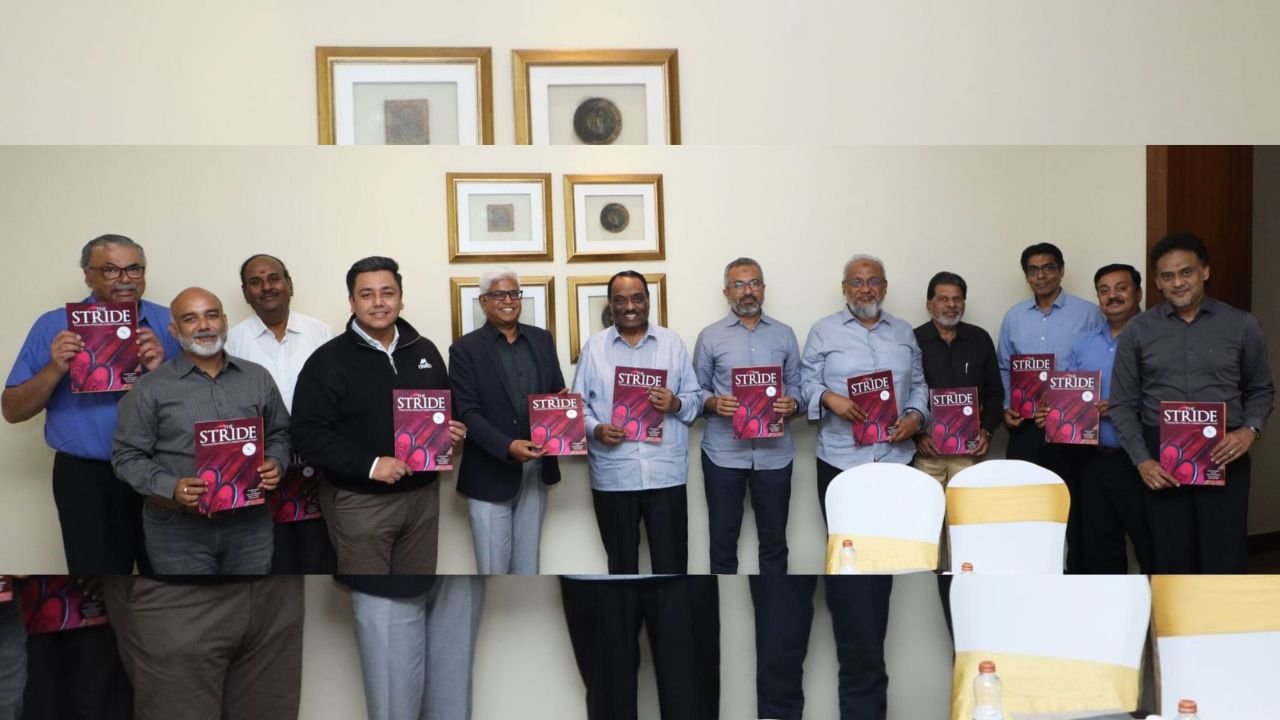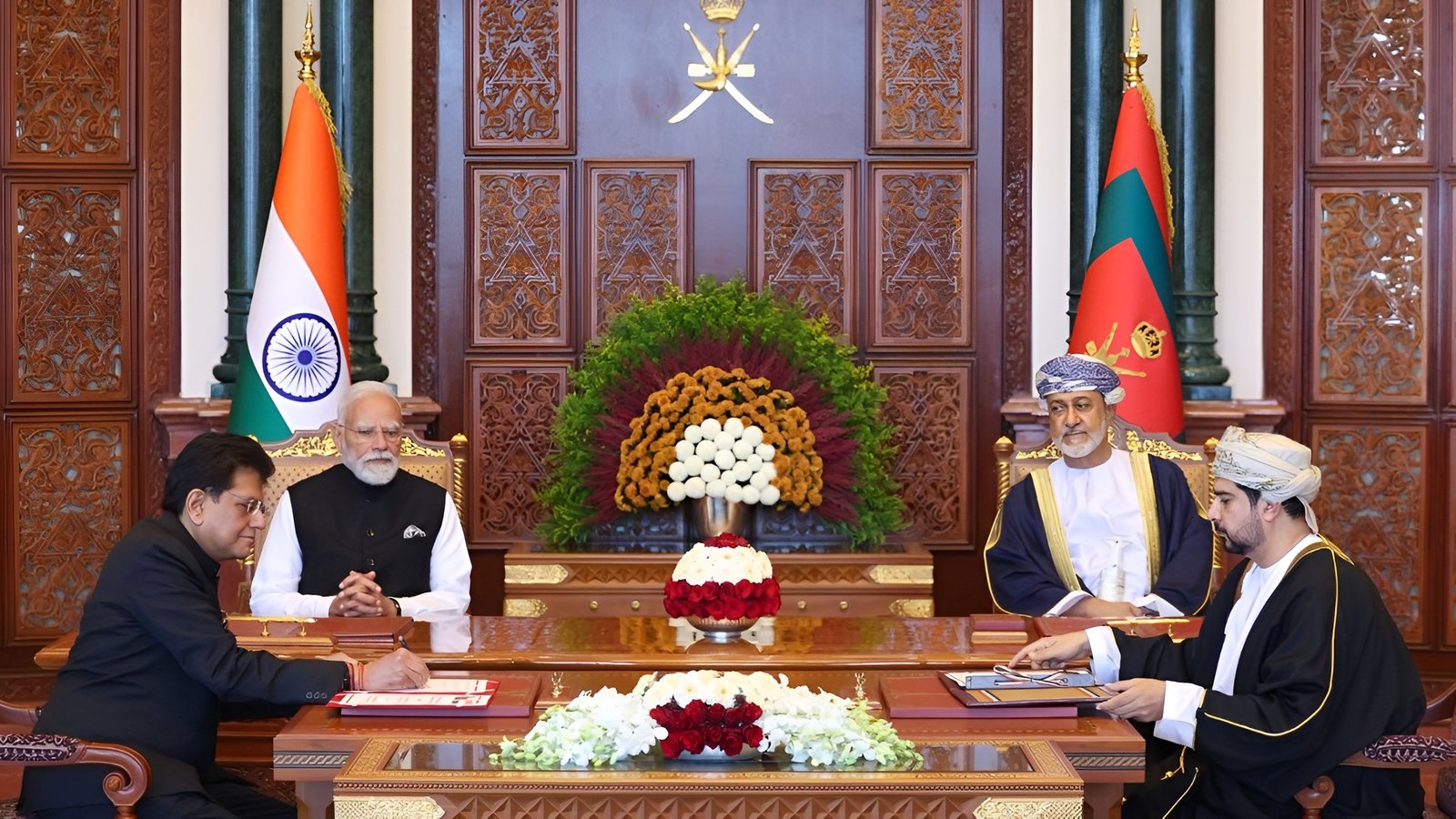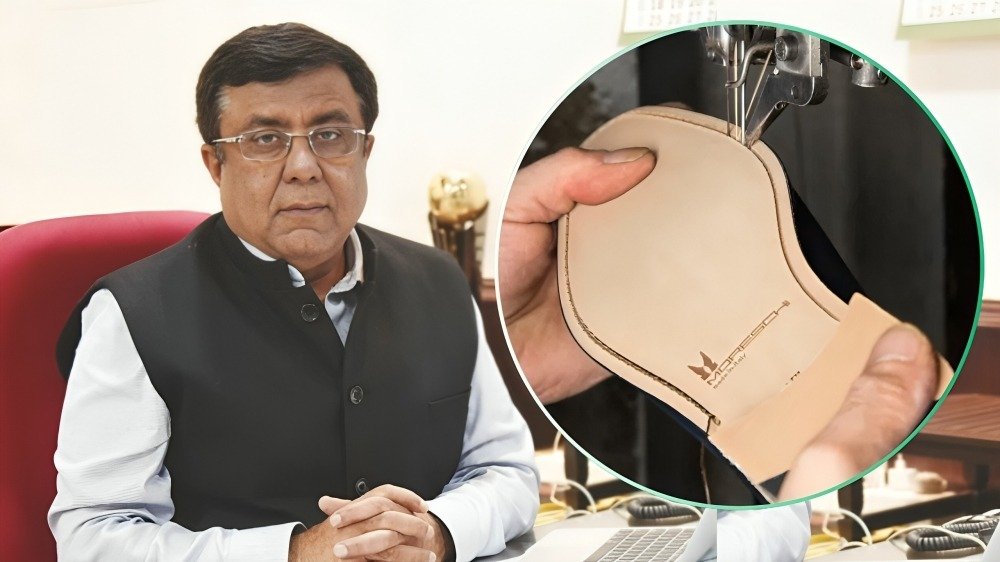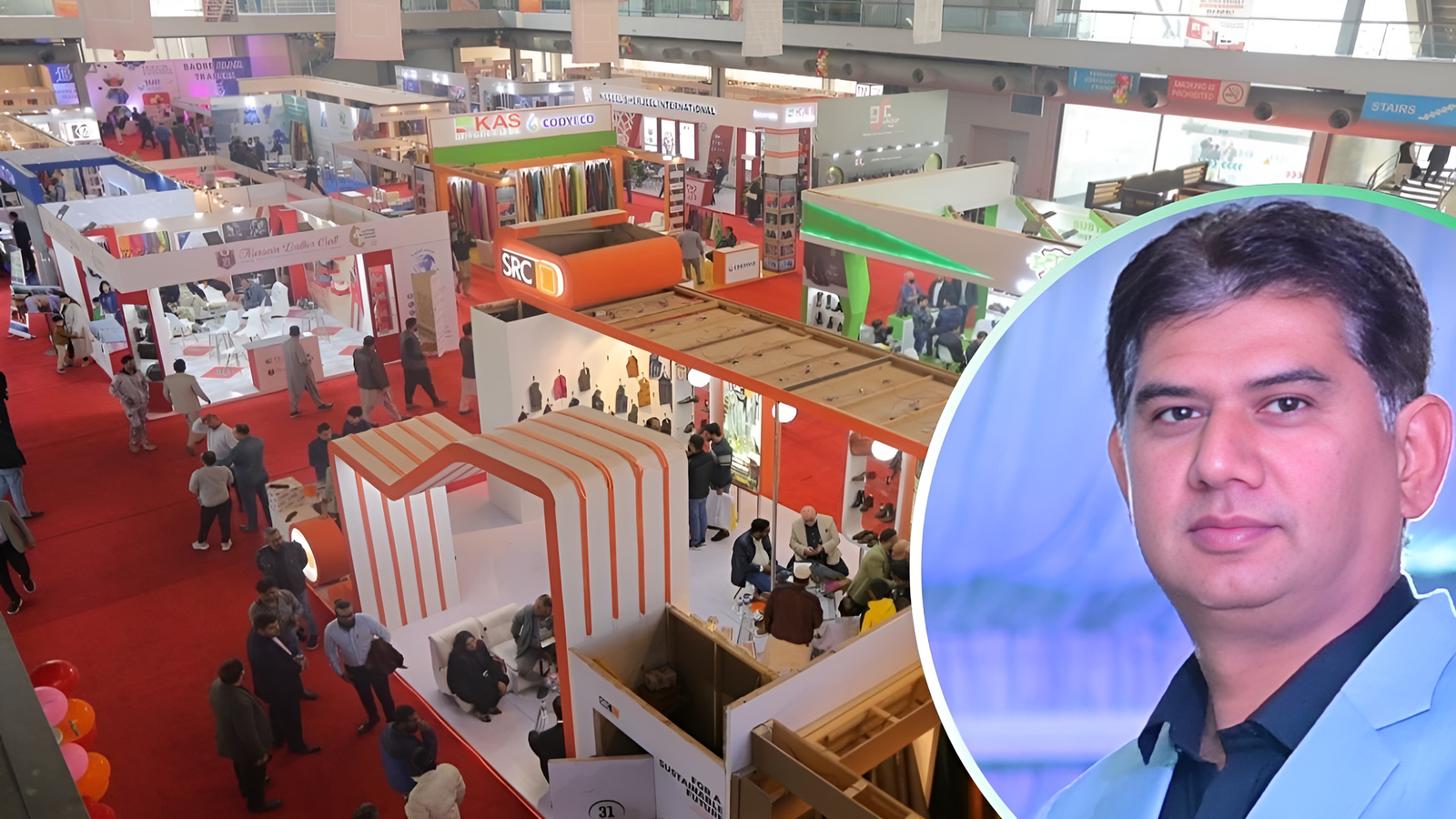After years of anticipation and delays, the long-awaited Leather Park project in Lobatse, Botswana seems to be gaining traction. The project, which has lingered in the pipeline since 2014, is finally showing signs of progress, with authorities aiming to complete the first phase by the third quarter of this year.
Initially slated to commence much earlier, the Leather Park faced setbacks primarily due to the need for project reconfiguration. Changes in scope and location, compounded by challenges such as a decline in the national herd, necessitated a thorough review of the project’s feasibility.
Acting Minister of Entrepreneurship, Molebatsi Molebatsi, provided insights into the project’s status during a recent briefing with parliamentarians. He expressed optimism about the project’s revamped structure, highlighting efforts to expedite the delivery of essential components, including the Botswana Meat Commission (BMC) tannery.
Molebatsi emphasized the overarching goal of enhancing meat and leather value chains, underscoring the significance of local value addition. He detailed plans for infrastructure development, including the establishment of effluent plant facilities to manage waste generated during processing.
The completion of the first phase is poised to mark a significant milestone, enabling the processing of leather to the “wet blue stage.” This phase is expected to yield tangible outcomes by the end of the year, laying the groundwork for subsequent stages of development.
In line with fostering entrepreneurship and private sector participation, the project’s final stages will involve collaboration between various entities, including the Local Enterprise Authority (LEA), Citizen Entrepreneurial Development Agency (CEDA), National Development Bank (NDB), Botswana Development Corporation (BDC), and commercial banks. These partnerships aim to provide essential support to small and medium-sized enterprises (SMEs), ensuring their integration into the value chain.
Once operational, the Leather Park holds promise for economic revitalization, offering employment opportunities and stimulating local industries. With projections indicating the potential to employ up to 10,000 individuals, the project represents a crucial step towards sustainable economic diversification.
The envisioned complex, comprising multiple tanneries and supporting infrastructure, underscores the government’s commitment to fostering industrial growth and innovation. By facilitating the production of various leather products, ranging from shoes to jackets, the park is poised to become a hub for economic activity in Lobatse and beyond.
In conclusion, the progress witnessed in the Leather Park project signifies a significant milestone in Botswana’s quest for economic development and diversification. As efforts continue to materialize, stakeholders remain optimistic about the project’s transformative impact on the local economy and community.
source – www.mmegi.bw












